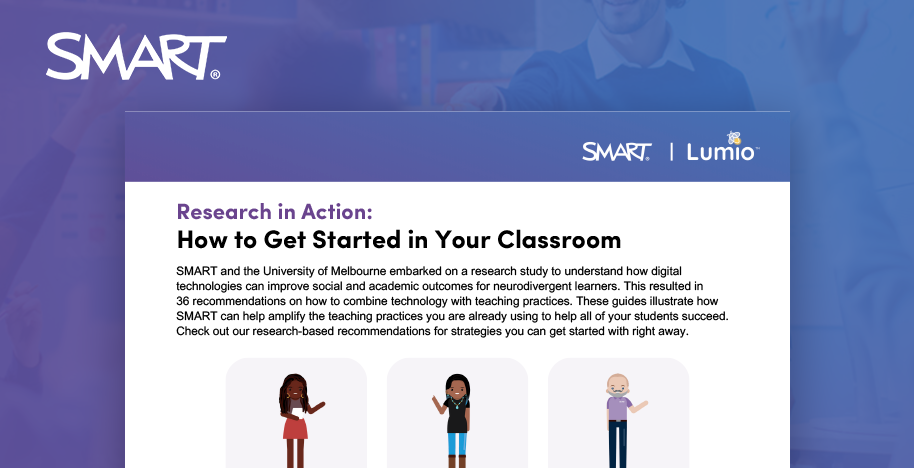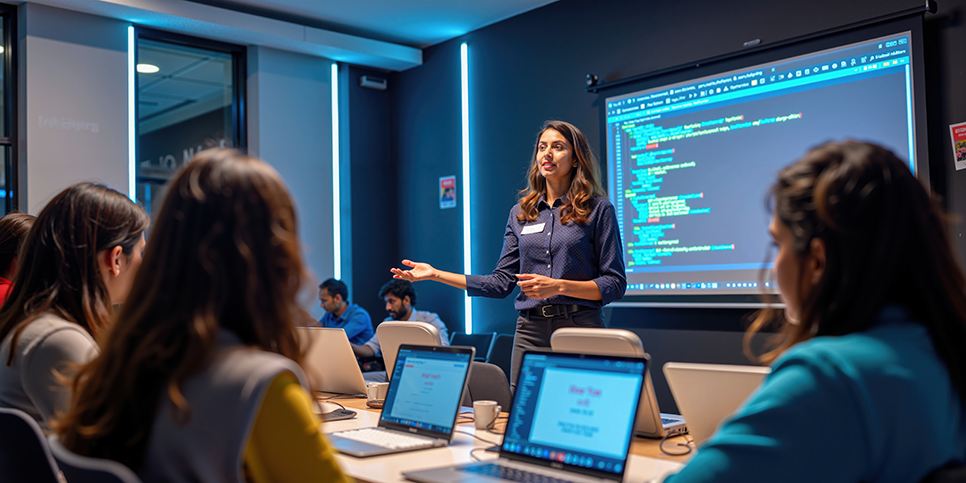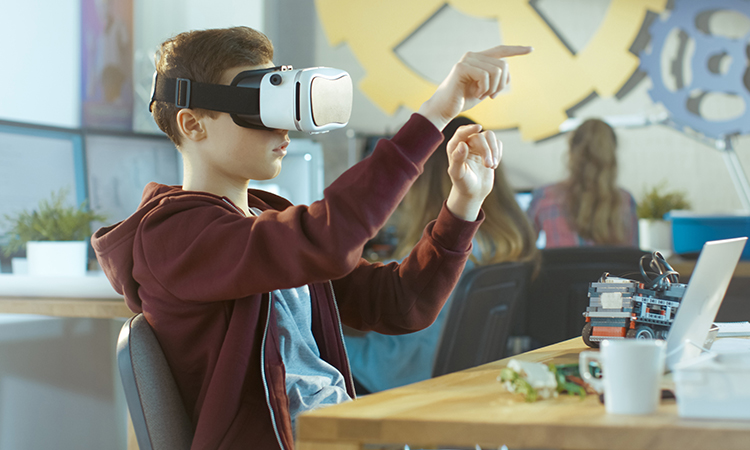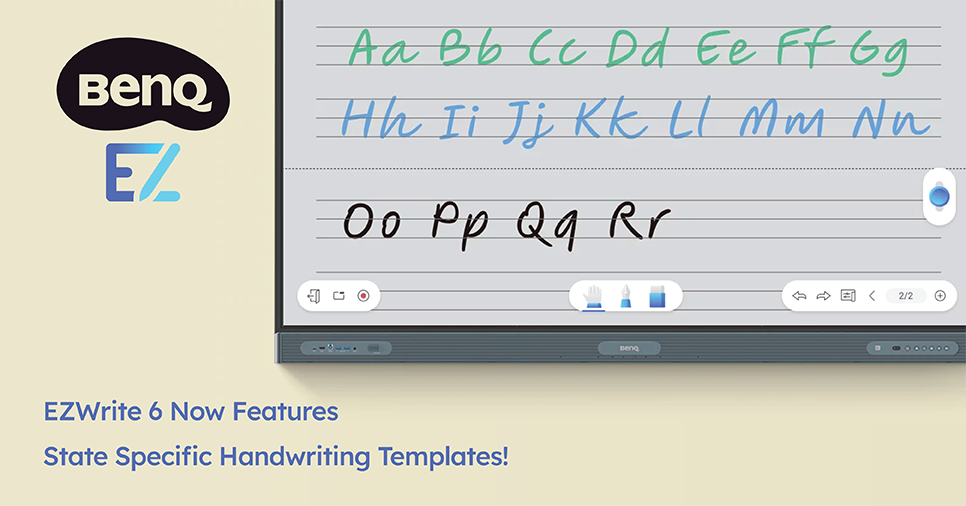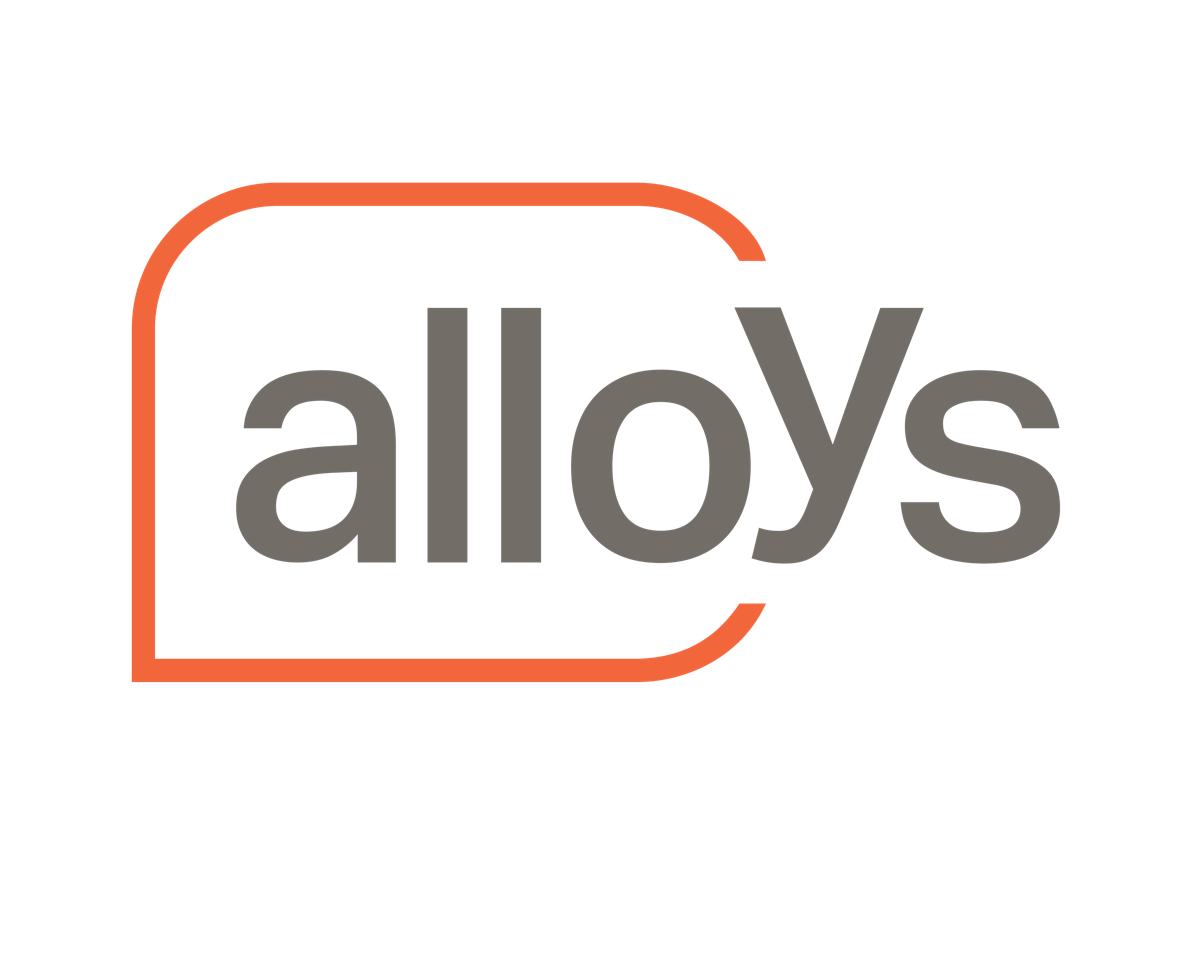
Alloys
At EDUtech 2025, SMART Technologies partnered with The University of Melbourne to share key findings from their latest research project focused on digital inclusion for neurodivergent students. The presentation explored how digital tools, when guided by Universal Design for Learning (UDL) principles, can break down barriers and foster meaningful participation in inclusive classrooms.
Understanding the Research Framework
Commissioned by SMART Technologies, this study set out to investigate how digital technologies are being used in Australian classrooms to support both academic and social inclusion for neurodivergent students and students with disabilities. The research was anchored in the Universal Design for Learning (UDL) framework and aimed to reflect the real-world experiences of students, teachers, and school leaders.
The study was led by a collaborative team including Dr. Matthew Harrison, Jessica Rowlings, Dr. Emily H. White, Melissa Vallence, and Dr. Nikita Potemkin.
Who the Study Focused On
Neurodivergence encompasses a broad range of neurotypes. However, for the purpose of this project, the research focused on students diagnosed with autism, ADHD, dyslexia, dysgraphia, and dyscalculia. These represent some of the most common diagnoses in classrooms today, and the study aimed to understand how technology can help these learners thrive.
A Two-Part Research Approach
The study was structured in two key phases:
1. Rapid Literature Review (2013–2023)
The first phase involved analysing journal articles from the past decade. This rapid review revealed two overarching themes:
-
Theme 1: Technology in Practice
-
Uses ranged from curriculum delivery and social skill development to behaviour management, assistive tools, and sensory regulation.
-
-
Theme 2: Evolving Research Trends
-
Emphasis on child-centred approaches, inclusion of student voice, and shifting perspectives through the neurodiversity paradigm.
-
This review provided insight into how technology is shaping inclusive education, and whether current strategies align with UDL principles. It also raised important questions about whether technology is truly enabling or unintentionally excluding neurodivergent learners.
2. School-Based Case Studies
The second phase explored five classrooms across six diverse schools in Australia. Researchers observed classes from Foundation through Year 10 and spoke with teachers, students, support staff, and school leaders. The goal was to understand how technology is currently being used in inclusive settings — and how it could be improved.
Using the UDL framework, the team gathered:
-
Field observations detailing student interactions with digital tools
-
Group interviews with students, including neurodivergent voices
-
Staff interviews on policies and practices around classroom technology
These insights revealed the lived experiences of those at the heart of inclusive education and brought attention to both the successes and ongoing challenges.
Key Findings: Technology as a Tool for Belonging
The research highlighted that when used effectively, digital technologies can create more inclusive, equitable learning environments. Key benefits identified included:
-
Enhanced student engagement
-
Support for diverse communication styles
-
Opportunities for personalised learning pathways
However, the study also made it clear that the impact of technology depends greatly on how it’s integrated. Technologies should not be treated as add-ons; they must be thoughtfully embedded into pedagogy, with educators trained and confident in their use.
The Role of Educators and Collaboration
One of the most important takeaways was the need for ongoing teacher support and training. The six case studies underscored the idea that school-wide collaboration — between educators, support staff, families, and students — is essential for inclusive digital learning to succeed.
When this kind of culture is present, schools become innovation hubs where digital tools can be adapted and personalised to suit individual needs.
Reimagining the Future of Inclusive Education
As schools around the world continue to transition toward inclusive models, this research urges decision-makers to see digital technologies as more than devices — but as powerful enablers of student voice, agency, and belonging.
By embracing Universal Design for Learning and prioritising lived experiences in their strategies, schools can build adaptive, inclusive ecosystems where every learner has the opportunity to thrive.

This research from SMART Technologies and The University of Melbourne reminds us that inclusive education is not just about access — it’s about participation, voice, and community. And with the right digital tools, powered by UDL principles and informed by real student experiences, we can reshape classrooms into places where all students feel seen, heard, and supported.

